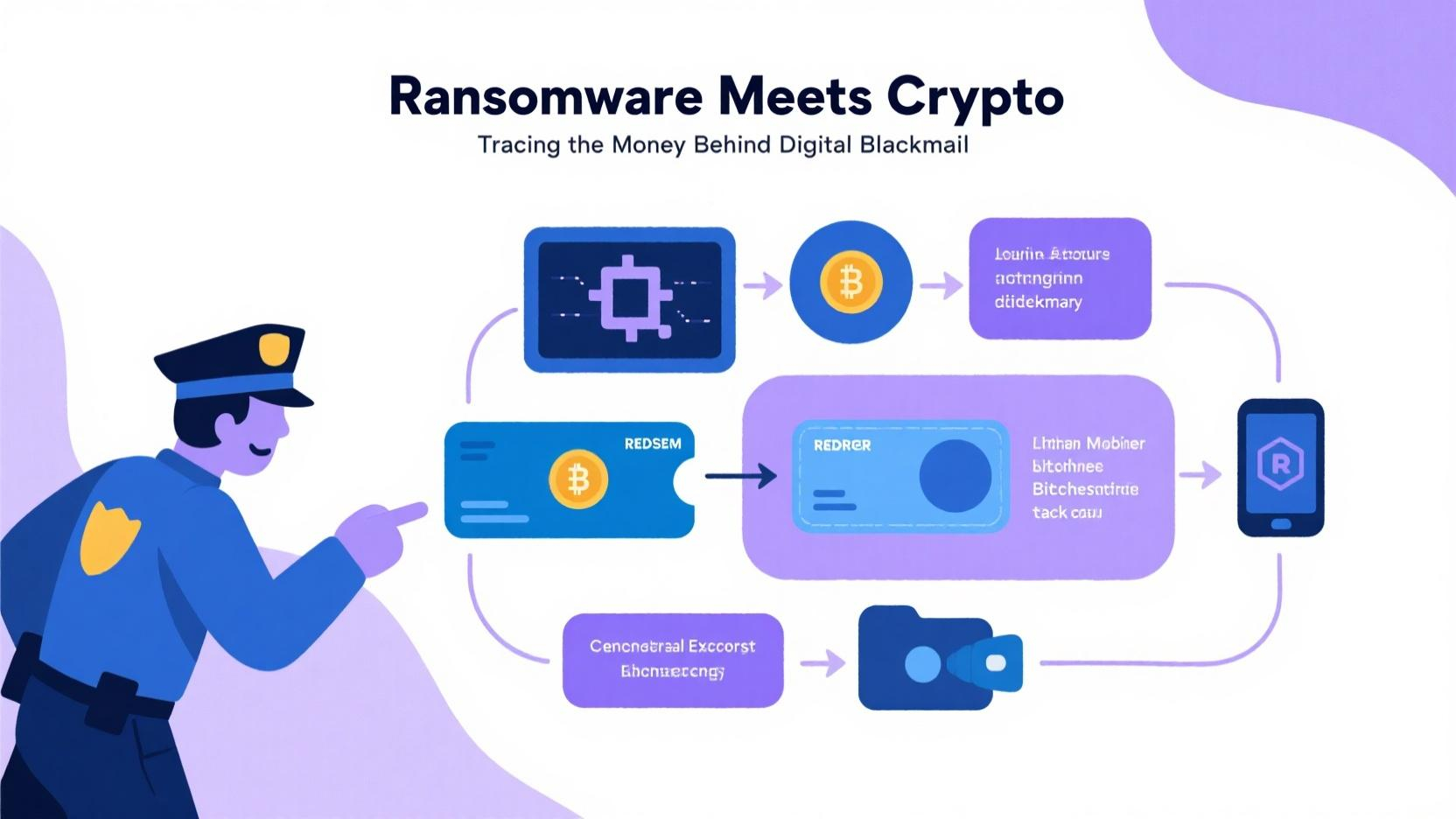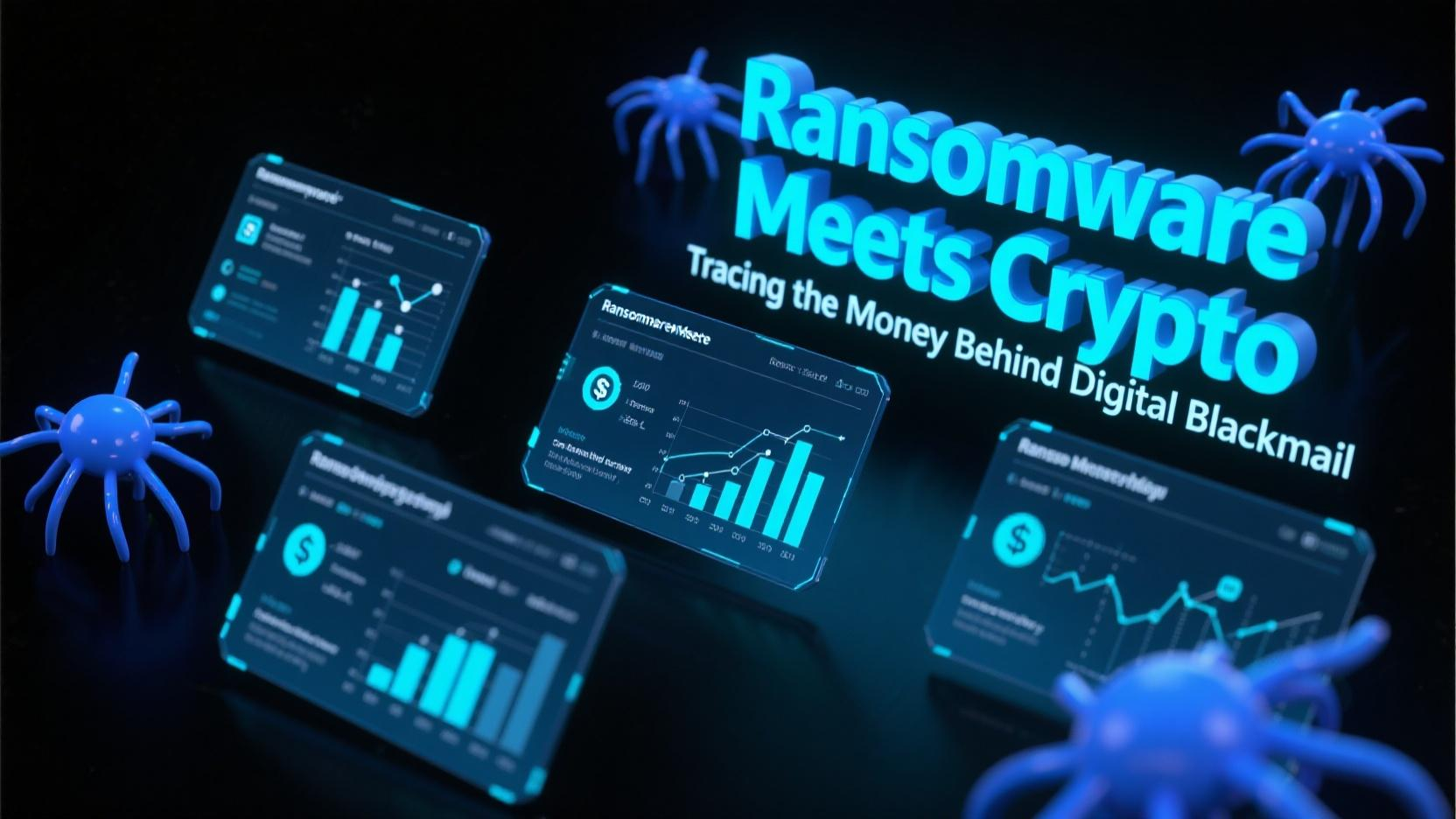How Blockchain Analytics Is Turning the Tables on Cybercriminals
Ransomware has become a $10+ billion global industry, fueled in large part by crypto-based payments. Hackers demand Bitcoin, Monero, or stablecoins in exchange for unlocking encrypted systems—from hospitals to logistics giants. But while cryptocurrencies were once seen as untraceable tools of crime, that narrative is changing fast.
Why Ransomware Loves Crypto
Cryptocurrency offers:

Instant, borderless payments with no intermediaries
Pseudonymity, making initial tracing difficult
Wallet control, allowing attackers to demand payment directly
In 2021, the Colonial Pipeline attack showed how even critical infrastructure could be frozen for ransom—paid in Bitcoin.
The Rise of Crypto Forensics
While criminals hide in chains, blockchain transparency is becoming a liability:
Every transaction is publicly recorded
Advanced tools (like Chainalysis, TRM Labs, and Elliptic) map wallet activity
Law enforcement partners with analytics firms to identify mixer usage, laundering attempts, and off-ramp behavior
The FBI successfully recovered a portion of the Colonial Pipeline ransom, marking a shift: crypto is traceable—if you know where to look.
Mixers, Privacy Coins, and Law Enforcement Response
To obfuscate flows, attackers use:
Mixers and tumblers like Tornado Cash
Privacy coins such as Monero
Chain-hopping (e.g., BTC → ETH → USDT)
Governments are reacting:

The U.S. Treasury sanctioned Tornado Cash in 2022
Interpol and Europol are training cyber units in blockchain analytics
Exchanges are tightening KYC/AML policies to prevent off-ramping of stolen funds
A Game of Cat and Mouse
As attackers get more sophisticated, so do the defenders. Some firms now use AI-enhanced on-chain analysis to flag abnormal flows in real time. Others simulate laundering routes to predict hacker behavior before funds move.
Key Takeaway
Crypto may be the vehicle of ransomware—but it’s also the trail of breadcrumbs. As forensic tools mature, ransom payments are becoming easier to trace, harder to launder, and more likely to result in arrests. In the age of blockchain, no wallet is truly invisible.
